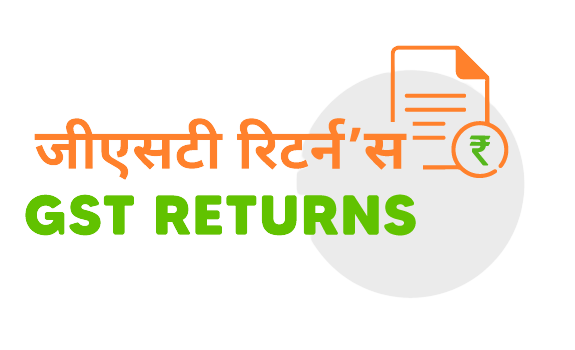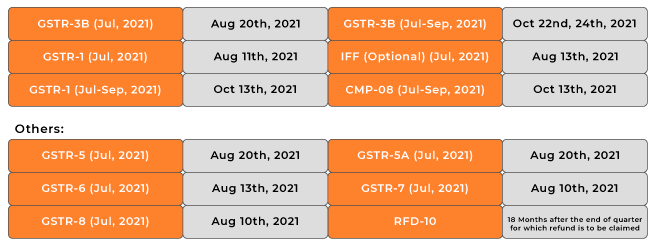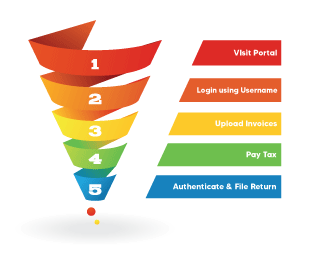Monthly GST Filling
Monthly GST Filing
4.8 4355 customers
BENEFITS OF GST RETURN FILING
Elimination of the cascading effect
The introduction of GST into the Indian tax system has done away with several other taxes like central excise duty, service tax, customs duty, and state-level value-added tax. Thus, a single GST has eliminated the cascading effect of tax on tax .
Higher threshold benefits
Before GST was introduced, VAT or value added tax was applicable for any business that had an annual turnover of 20 lakhs. Services that saw a turnover of less than 10 lakhs did not have to pay service taxes.
Start-up Benefits
Earlier start-ups with an annual turnover of 5 lakh had to pay VAT which would be very difficult for a business during the initial stages. But as GST has replaced VAT, businesses can set off the service tax on their sales.
E-commerce for quick supply of goods
Start-ups are making a strong presence online offering their services and products through their websites. Under VAT, there were many types of VAT laws, and the supply of goods through online, that is, E-commerce was never a well-defined one. For instance, if you need to deliver goods to various states, then you will have to file the VAT declaration first. After that, you will need to provide registration details about the trucks which deliver the goods. In many instances, goods end up being seized by the authorities due to lack of proper documents. GST has now removed all such confusing processes.
Regulations and accountability
The pre-GST period witnessed a disorganized tax filing system. Presently, all taxes are paid online and major hassles that were a part of tax filing have been eliminated in the process of introducing GST. This has resulted in industries becoming more accountable and tax filing laws are better regulated than before.







